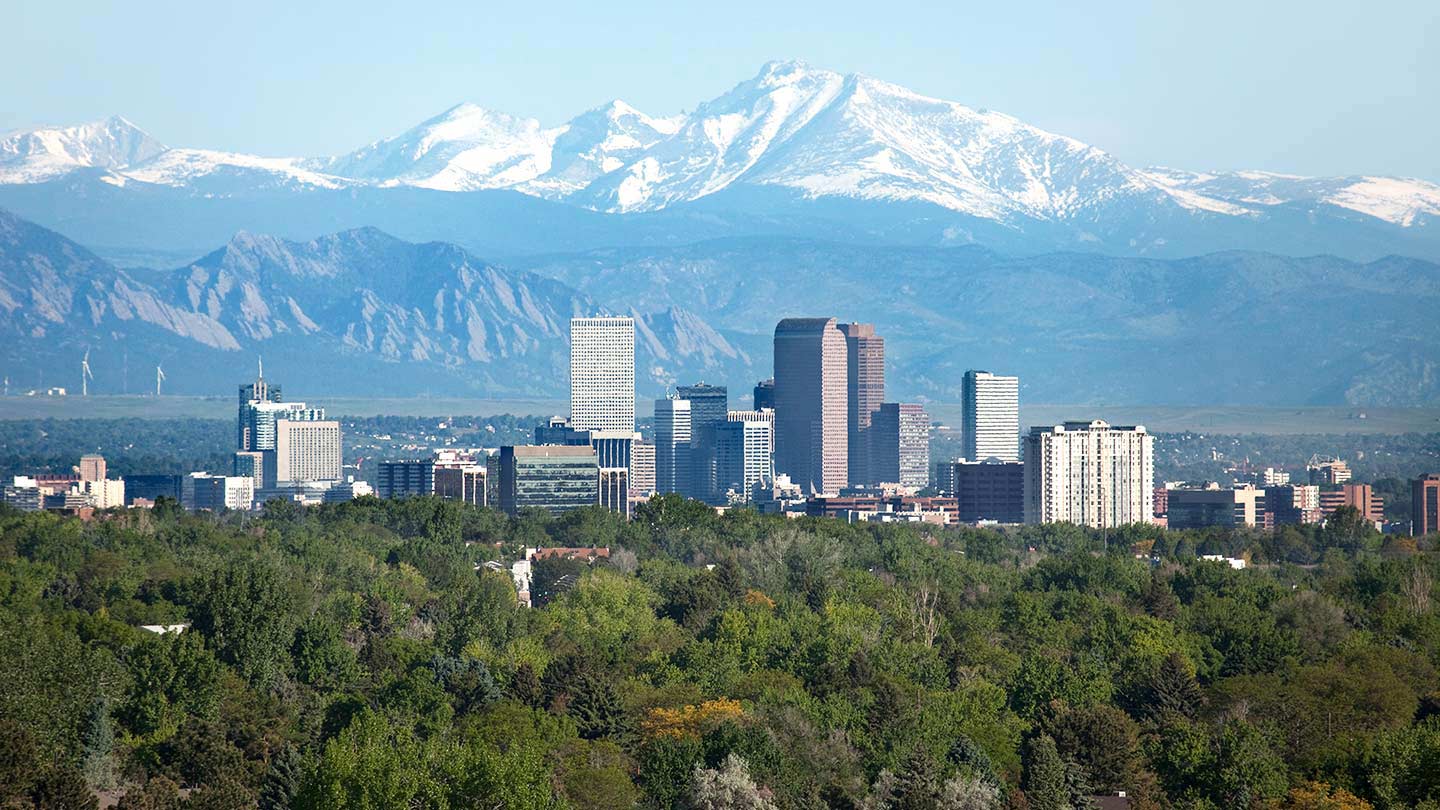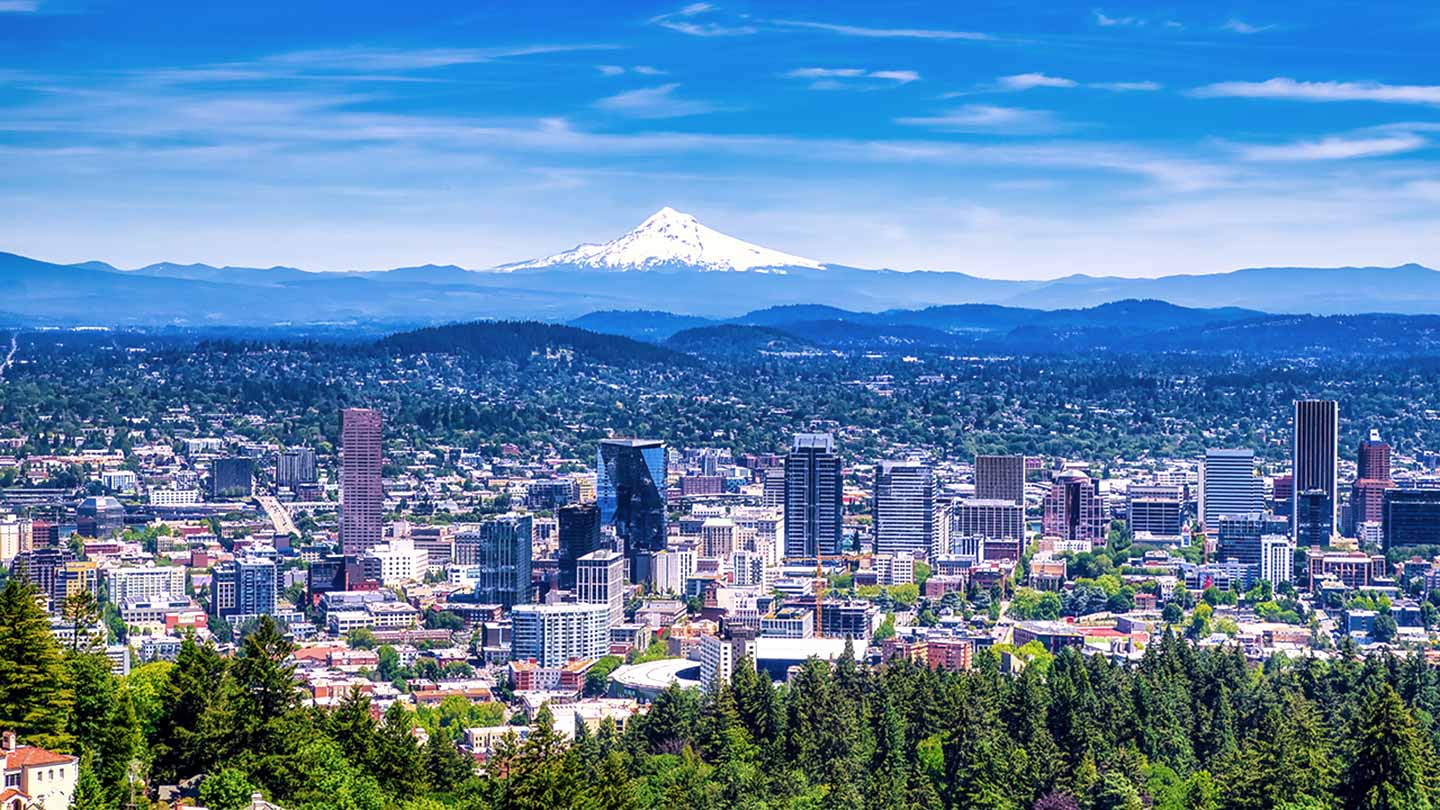
5 min read
Communities need capital to thrive. But smaller cities and rural areas across the country struggle to attract economic development investment, affecting their ability to sustain locally-owned small businesses, attract major employers, retain skilled workers and provide essential community services.
For instance, small businesses in rural areas with five or fewer employees have a lower chance of reaching $1 million in revenue within their first five years compared to similar businesses in urban areas, according to JPMorganChase Institute research.
This business growth gap directly affects community prosperity. When local businesses struggle to scale, they create fewer jobs and generate less economic activity. The result: According to the U.S. Department of Agriculture, nearly 85% of counties with persistent high poverty are nonmetropolitan, despite overall poverty rates declining in these areas.
“There are resourceful, resilient communities across the country where easier access to investment could have a significant impact on economic health and opportunity,” said Kevin Goldsmith, Head of Tax Credit and Intermediaries at JPMorganChase.
Challenges facing heartland region investment
Communities outside major metros aren’t all the same. They include small urban areas with Fortune 500 companies and university towns as well as rural communities. But in general, areas that lack population density and business density tend to have less available funding.
That’s particularly challenging for community development projects, which typically need multiple funding sources layered together—what Goldsmith calls “lasagna financing.”
“It takes a lot of ingredients and layers to hold the capital stack together. Some projects in smaller markets lack sufficient scale to support the financing costs often involved with varied funding sources, or may not have worked with specialized funding programs before,” he said.
Hurdles can include:
- Capital availability: Less-populated areas can have smaller tax bases and fewer public and private funding sources. Foundations, grants and philanthropic programs exist, but it can be hard to identify untapped sources that don’t have a local presence.
- Efficiency challenges: Smaller projects in smaller communities often cost more to finance relative to their size. Community Development Financial Institutions (CDFIs) specialize in serving underserved markets but often face practical limitations. To operate efficiently, they’re typically based in large metropolitan areas and may choose to concentrate their funding there, without the proper staff to support less densely populated areas. Additionally, smaller projects can face higher hurdles with programs like New Markets Tax Credit (NMTC) because transaction costs account for a greater share of overall project costs.
- Limited affordable housing resources: Low-Income Housing Tax Credit (LIHTC), used to help finance affordable housing, is a scarce resource nationwide. While each state’s allocation is proportional to its population, less-populated areas may still face greater challenges because they tend to have fewer capital sources to supplement LIHTC. “States often try to use credits in the most efficient way, which makes sense, but it can make it hard for all areas of the state to get access,” Goldsmith said.
- Narrow qualification requirements: Efforts to broaden access to investment still leave some communities out. For instance, 20% of NMTC funds are set aside for rural investment, but the program’s definition of rural can exclude counties that include both rural and minor urban areas. “There’s a lot more of the heartland that could benefit from accessing the NMTC program,” Goldsmith said.
Opportunities to expand investment
JPMorganChase is working to help narrow the investment gap, expanding its presence in these communities to help them grow. Here how we’re addressing these challenges:
- Expand capital access: We’re opening new Chase branches in states including Iowa and Alabama, which will collectively gain 49 branches by 2030. The goal: build relationships with local entrepreneurs and developers and connect them with capital and expertise.
- Build awareness of development tools: We’re sharing our expertise in specialized programs like NMTC financing and LIHTC with communities that rarely access them. “Tapping into all the tools that are available is extremely valuable, and it is important to bring those resources to as many communities as possible,” Goldsmith said.
- Grow local institutions’ capacity: We provide financing to CDFIs so they can fund more high-impact projects in underserved areas. This includes affordable housing, community facilities and small businesses that strengthen local neighborhoods. We’re working with both regional CDFIs that focus specifically on smaller cities and towns, and national CDFIs expanding beyond major cities. “They’re doing innovative work, and we want to empower them to have a wider impact,” Goldsmith said.
Investing with impact
Here are just a few ways our Community Development Banking team is helping bring employment, vital services and opportunity to underinvested areas:
Cooking up growth in Skillet City
Cookware maker Lodge Cast Iron needed to expand its foundry in South Pittsburg, Tennessee, to keep up with customer demand. Our $8 million NMTC investment helped fill a critical funding gap, allowing Lodge to expand production by 25% and add up to 100 jobs, while making operations safer and more efficient.
Preserving and revitalizing history in Iowa
When Dubuque, Iowa’s Dupaco Community Credit Union needed a new headquarters, it saw an opportunity to transform a vacant warehouse in the city’s Historic Millwork District. A $5.2 million Historic Tax Credit and $2.3 million NMTC investment provided a vital piece of the development’s financing, helping Dupaco renovate the 180,000-square-foot office building to support the not-for-profit financial cooperative’s 150 employees and 40 new support jobs.
Fresh market on the Gulf Coast
The Coastal Alabama Farmers and Fishermens Market gives Foley, Alabama residents access to fresh, local produce and seafood. It also supports families in Foley’s farming and fishing industries affected by the Deepwater Horizon oil spill in 2010. Our $2.6 million NMTC investment helped fund the market, which has 30 stalls for vendors, two retail stores and a wholesale distribution facility.
“It’s exciting that we’re identifying opportunities to expand access to more clients and communities across the country,” Goldsmith said. “There are learning opportunities on both sides—for financial institutions like JPMorganChase to get a deeper understanding of these communities, and for communities to access the full set of financing resources that are out there.”
We’re here to help
JPMorganChase leverages our resources, including top-tier products, a dynamic branch network and support for innovative philanthropic solutions and policy recommendations, to create an environment where people can save, spend, borrow and plan for the future.
As we deepen our dedication to communities across the U.S., our Community Development Banking team works with local organizations to support vibrant neighborhoods by expanding access to capital.
JPMorgan Chase Bank, N.A. Member FDIC. Visit jpmorgan.com/commercial-banking/legal-disclaimer for disclosures and disclaimers related to this content.







